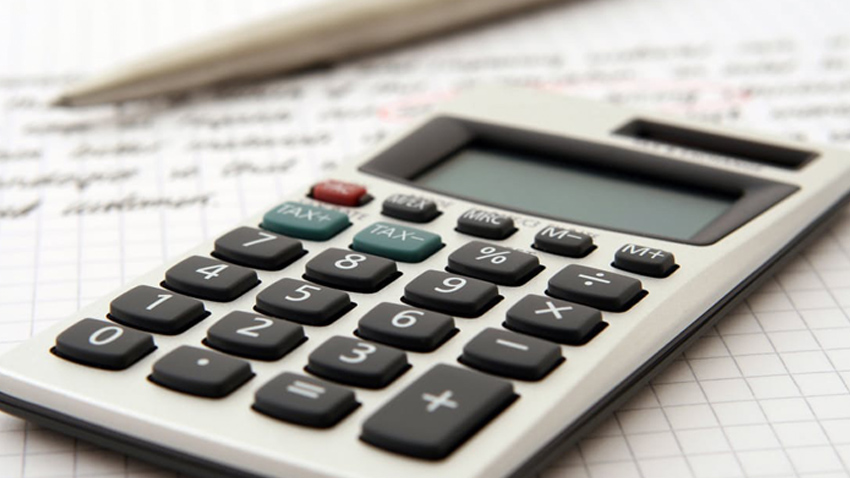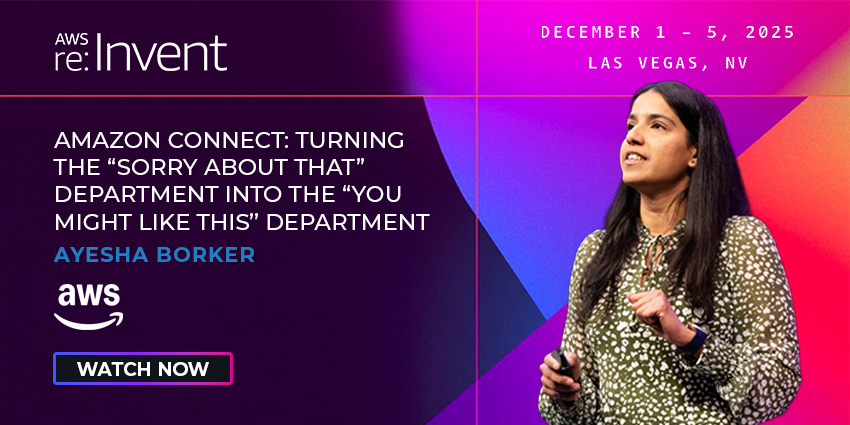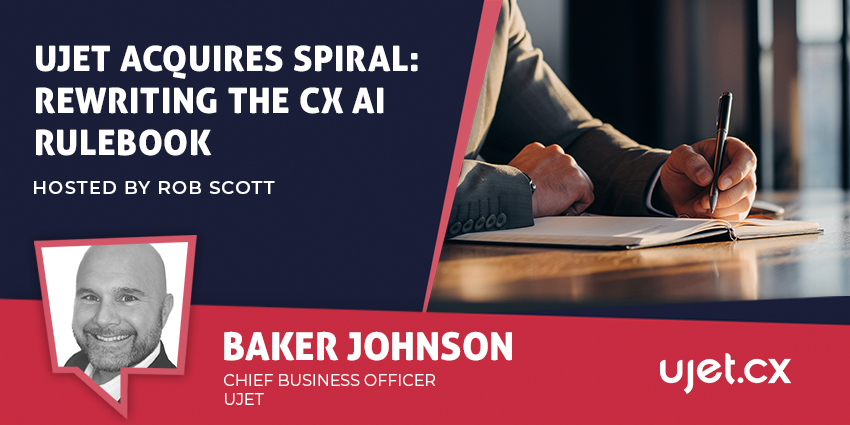Communication is fundamental to customer service. And as keeping customers happy is key to driving sales and securing repeat business, you can say that how you communicate with customers is essential to your overall business performance.
In that case, customer communication is something you really want to have a handle on – what you are doing well, what could be improved, where you could gain that all important extra few percentage points in efficiency and productivity. Thankfully, nowadays there are plenty of powerful call reporting and analytics software platforms which will plug into your contact centre and do just that.
The question is, what exactly do you measure? All of the leading analytics solutions from the likes of Oak, Tollring, RingCentral, Broadsoft, 8×8 and NEC are highly customisable and allow you to configure a huge, sometimes bewildering, range of performance metrics. So given all of this choice, how do you narrow it down into something manageable?
Here are the four key performance areas every contact centre wants to get a grasp on, and the best metrics within each for gathering actionable intelligence.
Cost
Ultimately, everything in business comes down to the bottom line, and you need to be able to monitor costs in order to be able to control them. Your contact centre defeats its purpose if it costs more to run than the ROI it generates from customer service. The obvious metric to measure here is cost per call, but call analytics software can also be configured to report on factors such as agent absenteeism and turnover. These might be more to do with HR than communications, but they add significant costs to contact centres all the same.
Service Quality
This really gets to the heart of what customer service is all about, and your KPIs in this area are essentially all about how good an experience your customers are getting. The base metric here is to set an Call SLA, a measure of what percentage of calls are being answered in a fixed amount of time. This can obviously be adjusted as required to drive service improvements. From there, add metrics such as Average Wait Time, Abandonment Rates and First Call Resolution, which give you a more in depth picture of how long customers are having to wait to get through, how many give up and how many get their queries dealt with successfully first time of asking.
Efficiency
If Average Wait Time gives you important insight into the kind of experience customers get when they call your contact centre, Average Handling Time, or the average length of each call, gives a good indication of how efficiently you are dealing with queries. Of course, there is a balance to be struck here with still providing an excellent service, but the longer each call takes, the less agents you have available, so the more likely it is that queues will build and wait times and abandonments go up. Other efficiency metrics include Wrap Up Time, the average time agents take after a call ends before they are available again, Calls Per Agent and Self-Service Usage, or how many customers can resolve queries from automated menus without dialling through to an agent.
Resourcing
Ultimately, how efficiently you can handle call traffic, and therefore a key part of of the service you provide, is down to effective staffing and resourcing. Utilisation is a key metric here, or the measure of how many agents are on a call at any one time. If the utilisation rate is low, you have too many staff in. However, once it approaches 100 per cent utilisation, which might sound highly efficient, you start to put stress on agents as they hardly get any break between calls, leading to increased absenteeism and staff turnover. Other key resourcing metrics are Forecast Accuracy, which measures how well you are matching demand to resources and is very helpful for staffing, and Ready Time, which shows the amount of time agents are either on calls or available.
Sponsored by








